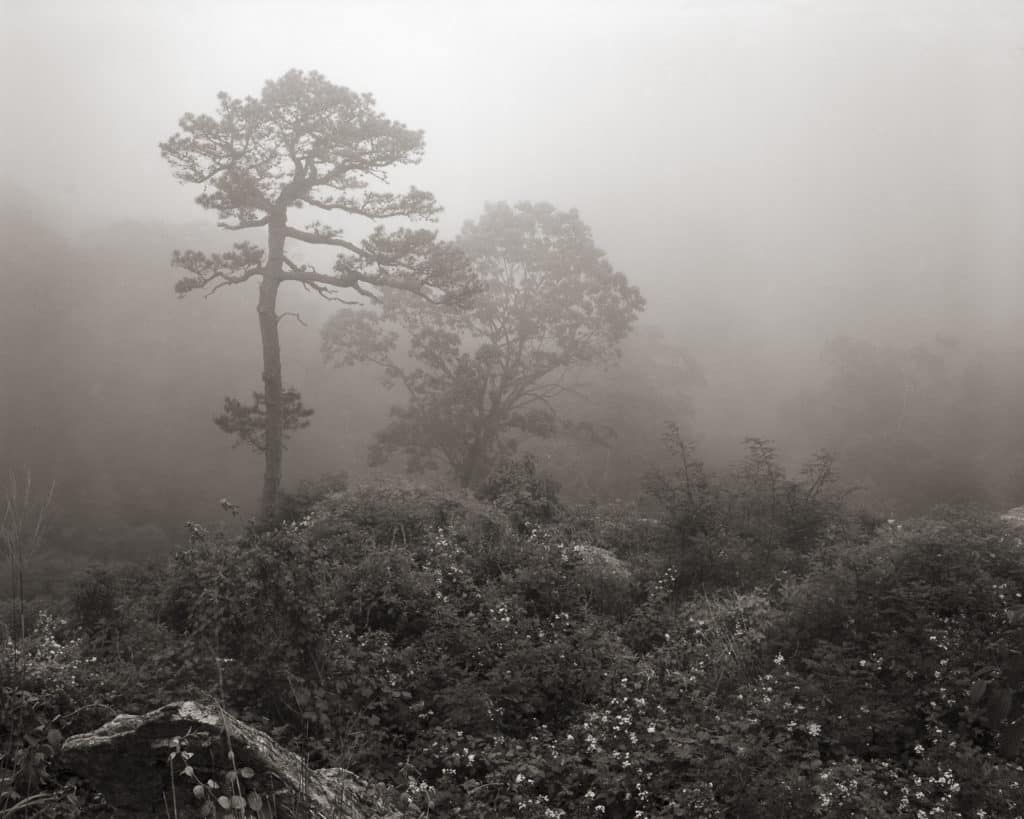
I want to share something that you may take for granted, or perhaps never even thought about. And that is “..where do art titles come from?” How do artists come up with their titles for artwork?
As art lovers, we’re accustomed to seeing titles (or names) on artworks. Titles are a convenient way to refer to a particular painting or photograph. So instead of saying “that photograph by Gurski of the Rhine River that someone bought for $4,200,000” we simply know it as “Rhine II.”
Photography especially lends itself very well to titling of images using nominal or geographic descriptors. After all, most photographs reveal real moments, real locations, and real subjects. In fact, titling photographs to identify the subject or the location is the tradition of the medium. Whether it’s Weston’s “Pepper” series or any number of Ansel Adams’ titles (“Half Dome,” “Snake River”), or even Gurski’s “Rhine II.” The title of the image often reveals the name of the subject itself, no question about it, just call it what it is.
I find such an objective approach to titling photographs a bit unsatisfying. When I stand before a scene in the field, I try to think about the concept I want to communicate, the story the scene is telling me. It is this story that I want the title to describe and not so much the physical entity in the picture. The title I give to a finished photograph often reflects the story that struck me at the time of capture. In fact, I often write the “working title” on the field log I keep for every picture I take.
For me, it’s important to title photographs this way. First, it helps me recall how I felt when I discovered the scene, and second, it guides how I want to interpret the picture to extend and clarify that feeling.
“Standing in Obscurity,” the featured image above, is a good example. I could have called this image “Trees in Fog Along Skyline Drive,” but that would say nothing about my mood or emotions as I stood before the scene. At the time I found myself contemplating how those graceful trees, shrouded in fog as they were, might represent how many of us, me included, often prefer to stand in obscurity, hidden from the world, doing our ‘thing’ without any need to feel observed or judged. That was the storyline that struck me as I shared the foggy morning with these trees, and that lead me to the final title of the image and guided me during the expression of the final image.
Every artist has their own way of coming up with titles for their artwork, and none of them are wrong. I have to admit, though, that when I see a piece of art named “Untitled,” …well, I just don’t get that.
Regardless, whatever the artist has named a particular picture, don’t let it keep you from dreaming up your own story. It’s your fantasy, so write it however you want!
Interested in another take on why/when/how of naming your artwork: See Creating Titles for your Artwork by Jason Horejs.
If you’re an artist who is often stuck naming your pieces, does my approach give you an idea you hadn’t considered before?
If you’re a photography art-lover, do you prefer objective titles or more conceptual titles like I’ve described? Leave a comment below and let me hear your thoughts on the matter.
Until next time,
J.
